Introduction to best 15 profitable fish farming business ideas: Are you interested in starting a small fish farming or aquaculture business? You can start a profitable fish farming business with low investment if you read this list of 15 profitable ideas. Globally, the fish farming industry is a lucrative one. Fishes are primarily used for their protein content. It is best to keep your own water bodies. In addition, you can raise fish at home and in rivers by using open water farming.
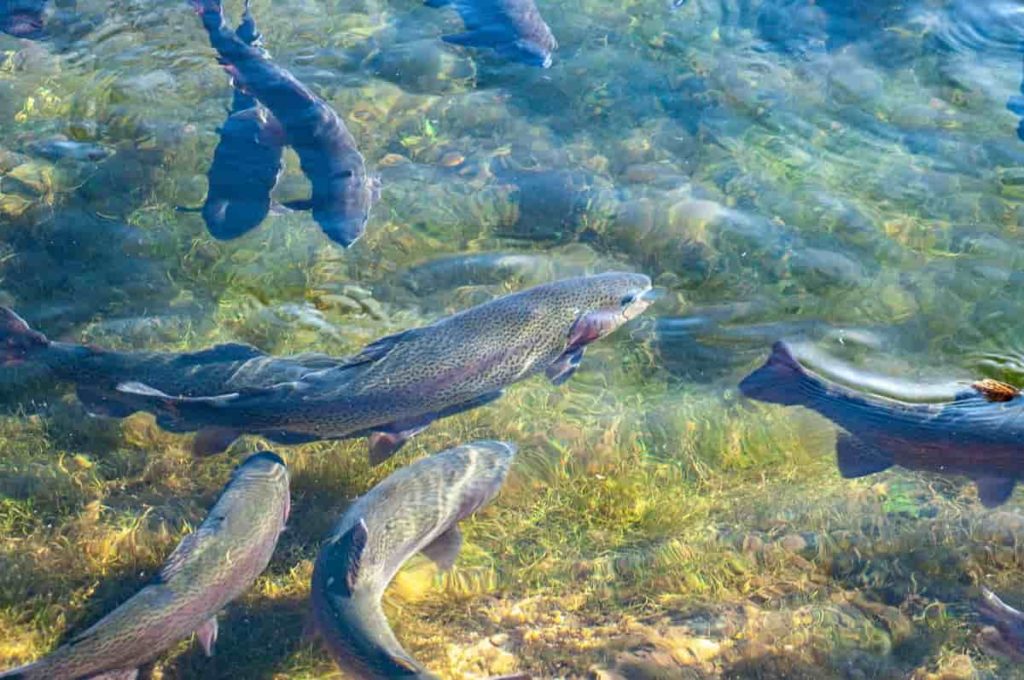
Capital is a major component of this business. In addition, it requires specialized knowledge, specific skills, and day-to-day monitoring. In other words, you must pay attention to every little detail. However, you must prepare a business plan according to the investment capacity and size of the water body.
Each stage of the business requires capital, so you must determine how much you will need in advance. You should also create a marketing plan for your product. You must determine the market before harvesting the fish due to its highly perishable nature.
There are a few major aspects to consider when starting this business. Agro-climatic conditions, knowledge, skill, financial capacity, and market demand can be included in the list. Additionally, you will need to determine your farming method and develop a business plan. In addition, check your locality’s permission and licensing requirements before starting any type of fish farming operation.
Guide on best 15 profitable fish farming business ideas, how profitable is fish farming business
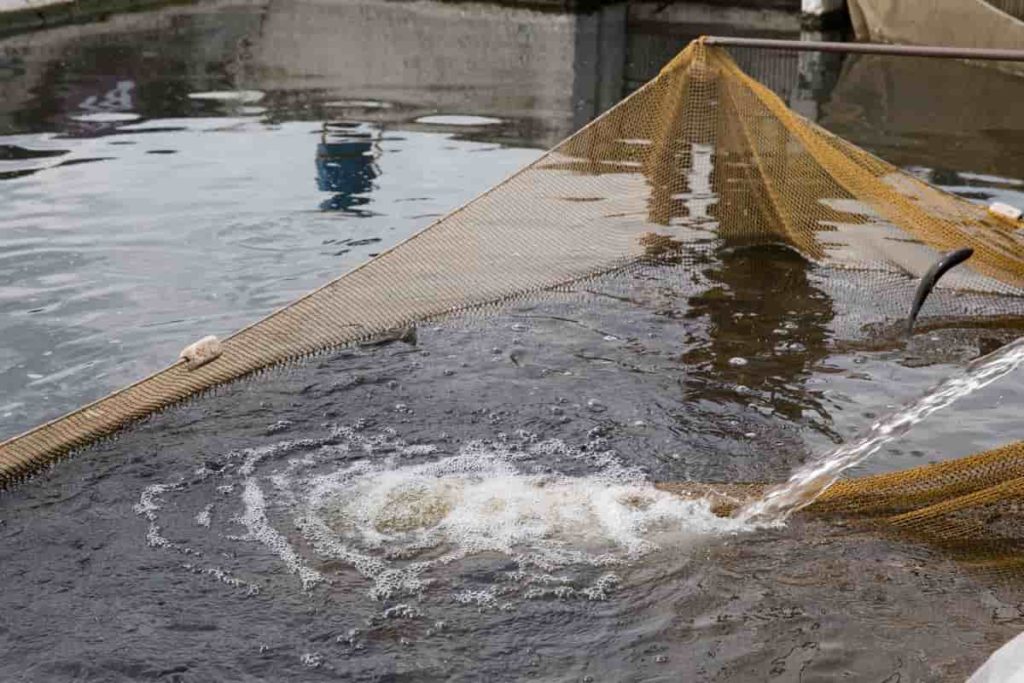
Things to consider before starting a fish farming business
- The first step is to locate a suitable site for establishing a fish farm. Selecting a suitable location is a crucial step. Take into consideration the species of fish you are raising.
- The quality of the soil should be checked. It is imperative that you have a clean and sufficient source of water for raising fish commercially. For at least six months of the year, ensure a minimum water retention capacity of 1-meter.
- Keep an eye on the walls of the pond. Make sure no walls of the pond break.
- Consider the agroclimatic conditions and local market demand when selecting the fish species.
- Identify reliable fish egg, fingerling, and feed suppliers. They are essential for the fish farming industry.
- If you have a fish farm, check if you need specific tools and equipment.
- As the last step, verify whether any licenses or permissions are required.
List of 15 ideas for small-scale fish farming businesses
1. Catfish farming
Warm climates make catfish farming easy. Tanks and ponds are both suitable for raising catfish. It is generally considered healthy and marketable, which is why catfish is plentiful. Catfish raised on farms can be harvested at 18 months of age. The business returns quickly on the investment. Blue catfish, channel catfish, and flathead catfish are three of the most common catfish species.
2. Cod farming
North America’s eastern coast and Northern Europe’s eastern coast are two of the most important regions for Atlantic cod fishing. Consequently, it’s becoming more popular. Cod usually reaches a market size of 2-4 kg within 24 to 36 months after hatching. A cod farming business must be planned over a long period of time if you wish to succeed.
3. Eel farming
Catadromous and carnivorous, eels are fish. They have smooth, scaleless skin that looks like a snake. They live in freshwater when they are young, but when they reach maturity, they migrate to the sea for breeding. Asia, mainly China, is the major producer of eels worldwide. However, Japan and Taiwan are the largest producers.
In case if you miss this: Business Ideas for College Students
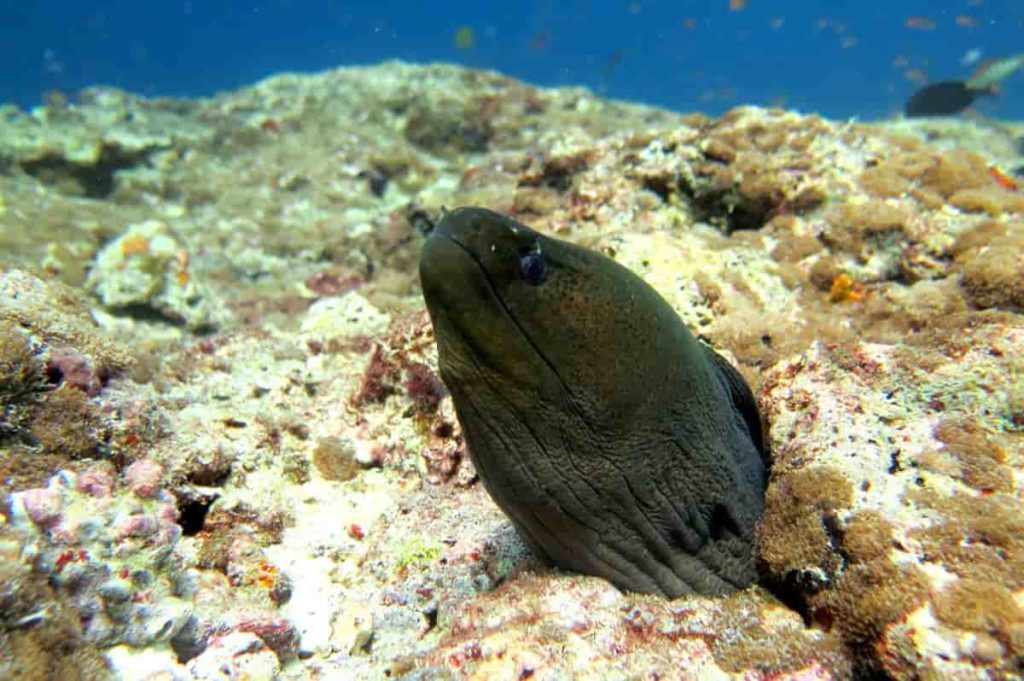
4. Fish hatchery
It requires considerable skill and knowledge to establish a small fish hatchery. Hatcheries are artificial breeding grounds for fish. The fish hatcheries supply the commercial fish farms with juvenile fish. They are highly profitable businesses. The investment in fish hatcheries is modest, however, and the right strategic planning is necessary.
5. Grass carp farming
Freshwater grass carps are basically freshwater fish. They are popular in the United States under the name white amur. Reservoirs, rivers, and lakes are their habitat. For grass carp farmers, providing flowing water is a major challenge. It is basically the flow of water and the level of water that promote natural spawning.
6. Ornamental fish
Diverse types of ornamental fish are also in demand as the aquarium business grows. Setting up the business is relatively simple. Home-based operations are also viable. However, you must have some basic knowledge and skills about breeding and rearing. Goldfish, Bloodfin Tetras, White Clouds, Danios, Guppys, Black Mollies, etc. are some of the most popular ornamental fish.
7. Prawn farming
In ponds, irrigation ditches, cages, and natural waters, freshwater prawns can be raised in concrete and earthen reservoirs. Prawn fish farming is most commonly done in ponds. The majority of prawn farms use a water exchange system to maintain high levels of dissolved oxygen and solve other water quality issues. In ponds, paddlewheels are by far the most efficient method of increasing dissolved oxygen levels.
In case if you miss this: How To Start an Online Magazine Business
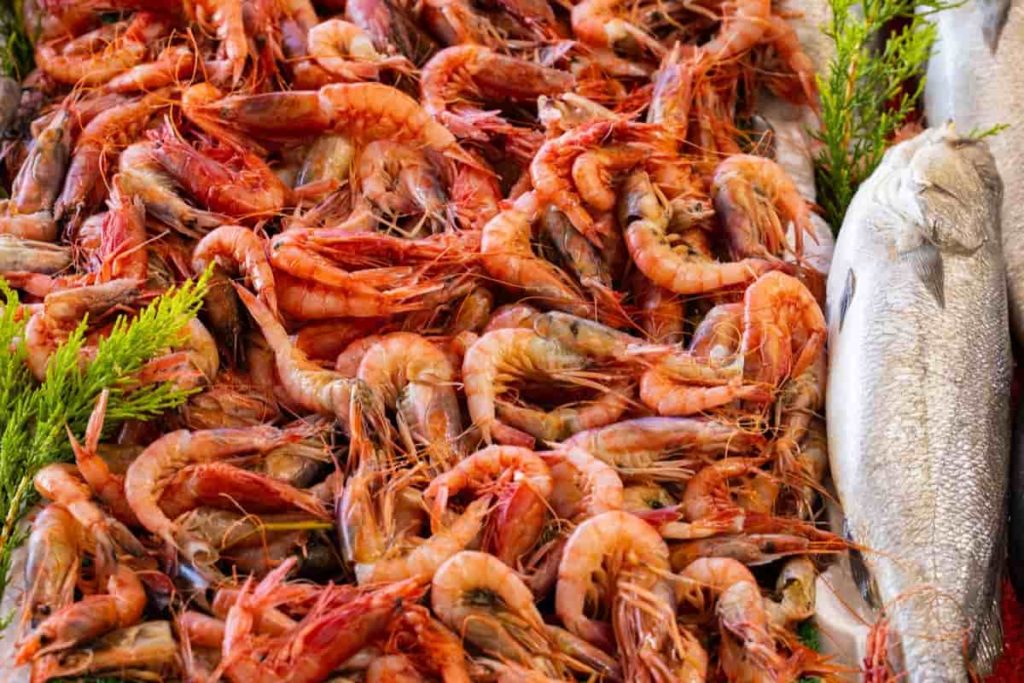
8. Rainbow trout farming
As it turns out, Rainbow trout are native to the Pacific drainages of North America, which range from Alaska to Mexico. Besides the mild, nut-like flavor of the meat and tender, flaky, and soft flesh, the meat is available in white, pink, or orange colors. The rainbow trout is a hardy fish that can easily spawn, grows quickly, and can tolerate a variety of environments. Rainbow trouts are primarily produced in North America, Chile, Japan, and Australia.
9. Rohu farming – Labeo rohita
Rohu, the largest of the three Indian major carp species used in carp polyculture, is the most important. Rohu is a eurythermal species that does not thrive at temperatures below 14°C. In normal conditions, it attains a length of 35 to 45 cm and a weight of 700 to 800 g in one year. Hence, Rohu fish farming guarantees a return on investment within one year from the date of hatching.
10. Salmon farming
One of the most popular fish species is salmon, with Atlantic salmon being the most commonly farmed. However, Chinook and Coho salmon are also popular varieties of Pacific salmon. The salmon is farmed systems are vaccinated against disease outbreaks and require medication only in rare circumstances. Wild salmon are conserved through the salmon feed.
11. Shellfish farming
A variety of oyster, mussel, and clam species can be cultured in aquaculture. Aquaculture is becoming recognized as the only viable solution to feeding the growing global population as the demand for seafood continues to exceed supply. As part of a low-fat, balanced diet, shellfish can be a healthy addition. Moreover, they are excellent sources of iron, zinc, copper, and vitamin B12.
12. Shrimp farming
Aquaculture is a popular business that involves shrimp farming. Shrimp farming in freshwater, as well as marine environments, is also popular. There is a growing industry of marine shrimp farming in the United States, Western Europe, and Asia. Your business’ success and shrimp production are largely influenced by the quality of your pond.
13. Silver carp farming
Silver carp fishing is a relatively easy business to start and run. In addition, it requires little capital investment. Additionally, it can be done with other fish species. Basically, it’s a freshwater species found at temperatures ranging from 6 to 28 degrees Celsius. To achieve a high hatching rate in silver carp farming, it is also vital that the water has a good quality.
In case if you miss this: Rose Water Project Report, Manufacturing Plan
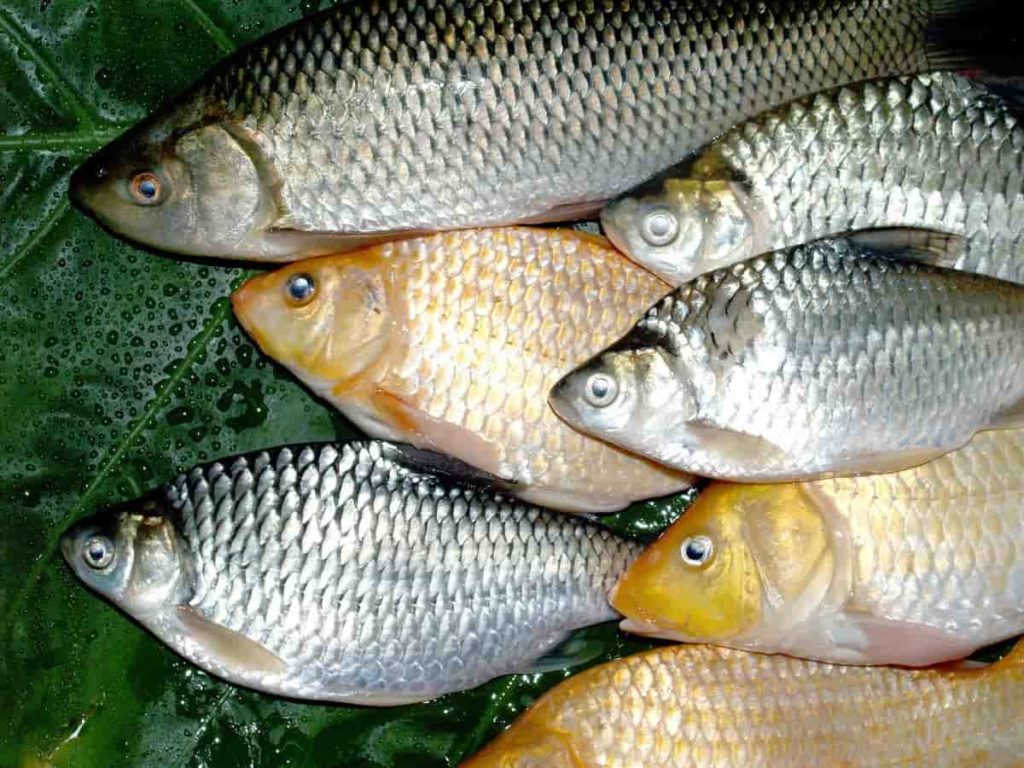
14. Tilapia farming
Fish farming or aquaculture is most popular with tilapia, followed by carp and salmon. The main reasons why tilapia are popular are their protein content, size, and growth potential. Tropical fish like tilapia need warmer water in order to survive. Ideal water temperatures range from 28 to 30 degrees Celsius.
Tilapia fish typically consume cereal-based diets and do not eat other fish, but they are also one of the most invasive species of fish.
15. Tuna farming
Tunas feed on other fish and are carnivorous. There is a significant commercial fish farming industry that relies on these saltwater fish. Japan is the world’s top tuna consumer. Bluefin tuna, yellowfin tuna, and albacore tuna are among the species. Farming tuna is a complicated process.
In case if you miss this: Paper Tea Cup Project Report, Manufacturing
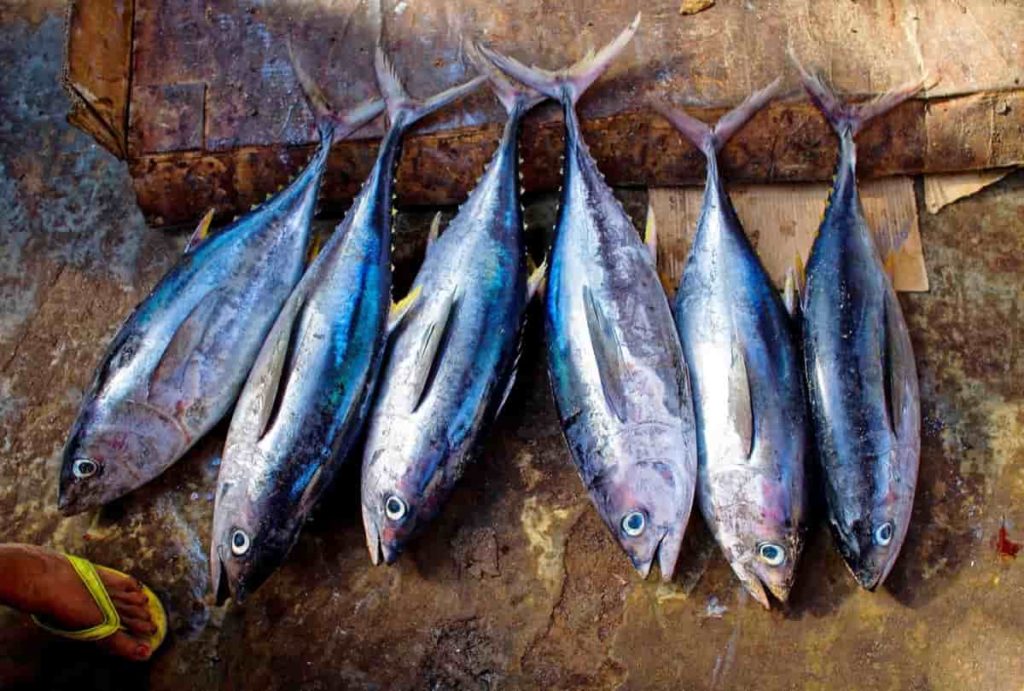
Since the fish are “massive” and extremely active, it is very difficult to simulate their natural environment. In some cases, tuna can be raised in recirculation systems or net pens offshore.
How profitable is fish farming business?
Among the countries that produce the most aquaculture, the United States ranks 17th. The other nations are China, Indonesia, India, Viet Nam, the Philippines, Bangladesh, the Republic of Korea, Norway, Chile, Egypt, Japan, Myanmar, Thailand, Brazil, Malaysia, and the Democratic People’s Republic of Korea. In addition, shrimp, Atlantic salmon, tilapia, and different types of shellfish dominate the list of farmed species imported to the United States.
Fishing and aquaculture are important food production sectors in India. Essentially, they provide nutritional security for the food basket. Recently, ornamental fish farming and high-value fish farming have gained importance alongside food fish farming. Some of the major fish-producing states in India are Andhra Pradesh, West Bengal, Gujarat, Kerala, Tamil Nadu, Maharashtra, and Karnataka.
A comprehensive business plan is highly recommended before starting a commercial fish farming operation. Here too you can earn revenue at harvest time, just like with any other livestock farming.
It is profitable to farm fish on a small and a large scale in the aquaculture business. Furthermore, there is good potential for exports. A small-scale farm typically sells fresh fish for retail sales, while a large-scale farm sells its fish to slaughterhouses, which further prepare the fish for export. With good planning, integrated fish farming ensures the highest return on investment. We hope that these 15 fish farming business ideas will assist you in starting your own business.
- Handicraft Making at Home: A Small Profitable Business Idea
- Pet-Tech Startups: Innovations for Animal Lovers
- Tech Repair Services: Meeting the Demand for Gadget Maintenance
- Maximizing Rewards: Smart Credit Card Habits for Cashback and Points
- Ultimate Guide to Making Money from Goat Milk Business
- How to Start an Agricultural Value Added Product Business
- Value-Added Business Ideas for Greenhouse: The Best Ways to Make Profits with Greenhouse Farming
- How to Make Profits with Organic Country Chicken: Best Strategies for Beginners
- 10 Value-added Business Ideas for Millets: Low-investment and Highly Profitable
- Why Cleaning Service Business Becoming More Profitable in Metro Cities in India
- 10 Best Businesses to Start in Ayodhya for Profits
- Top Drone Business Ideas in India: Unlocking Aerial Innovation & Opportunities
- Top 10 Service Businesses You Can Start with No Money
- Ultimate Guide to Starting a Home-Based Advertising Agency Business
- Starting a Nail Salon Near Your Location: Check List, Business Plan, Licensing, and Opening Instructions
- Construction Company Name Ideas: Guide to Create New Construction Company Names
- 8 Best Small Businesses to Start in Hyderabad: Low-Cost and Profitable
- 10 Best Small Businesses to Start in Massachusetts: Low-Cost and Profitable
- 10 Best Small Businesses to Start in Maryland: Low-Investment and Profitable
- 10 Best Small Businesses to Start in Delaware: Low-Investment and Profitable
- 10 Best Small Businesses to Start in Connecticut: Low-Investment and Profitable
- Top 10 Best Online Pet Business Ideas: Exploring Cats to Dogs
- 10 Best Small Businesses to Start in Colorado: Low-Investment and Profitable
- Top 10 Profitable Small Business Ideas in California: Low-Investment Tips
- From Little Rock to Fayetteville: Top 10 Profitable Small Business Ideas in Arkansas
- Top 10 Profitable Small Business Ideas in Alabama: Discover Opportunities in Alabama’s Growing Cities
- Top 10 Profitable Small Business Ideas in Arizona: Discover Opportunities in Arizona’s Growing Cities
- Golf Business Ideas: Exploring Golf Course Money Making Ideas
- Low Capital Profitable Small Farm Ideas: Farming Ideas to Make Money
- How to Write a Business Plan for Daycare: Exploring from Financial Projections to Risk Management
- Home Daycare License Requirements: Exploring State-wise In-home Daycare Requirements
- How Profitable is Day Care Business: How Much Does a Daycare Owner Make a Month or Year?
- How to Open a Daycare Center in Toronto, Canada: Business Plan, Licenses and Permits
- How to Start Meal Prep and Delivery Services: A Popular Business Idea
- How to Start a Milk Chilling Plant Business
- How to Start Coconut Shell Charcoal Business: Business Plan for Maximizing Profits